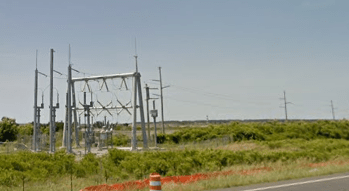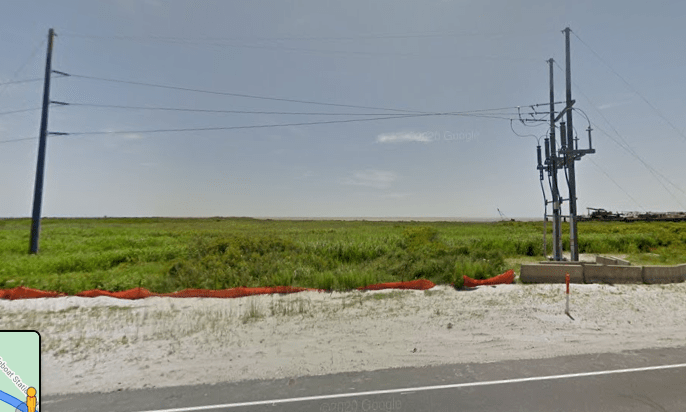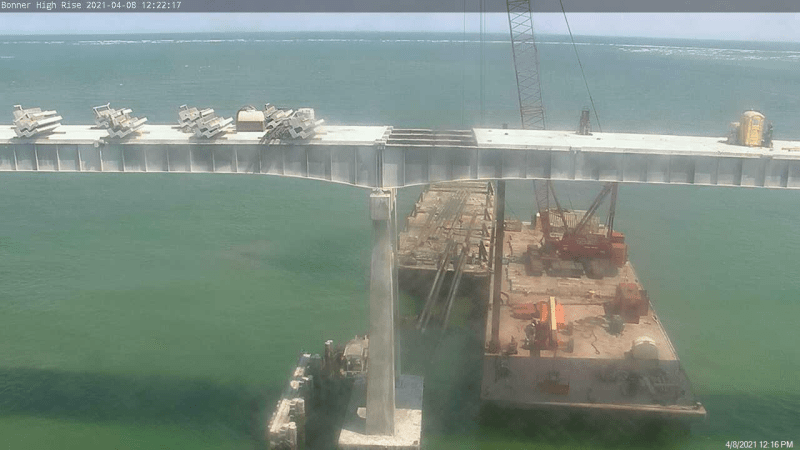PCL Constructors is the lead contractor on both the construction of the Marc Basnight Bridge and demolition of the Bonner Bridge.
PCL is a strange company;
They have been in the top ten of several surveys of "The Ten Top Companies to Work For."
Those surveys invariably only include the managers and supervisors (Who own the company. When they retire they must sell their shares.) and office staff.
The surveys don't include the thousands of tradesmen who do the actual work for them.
Among most tradesmen they are rated the worst.
PCL has bragged about their safety record.
They play every dirty trick in the book to avoid accepting responsibility for workers injuries.
One trick whan a worker suffers a painful but not life threatening injury is to give the worker some powerful pain medication with instructions not to take the pills until instructed to.
The injured man is then left sitting in a room by himself, in pain, looking at some pain medication.
After several hours a drug test is given.
If the worker has taken any of the medication, he is fired and his claim disallowed on the basis of drug use.
I have seen this first hand.
Some years back, PCL refused to abide by a WorkSafe rule that all temporary power circuits on a construction site must have GFCI protection.
Citing a general regulation that "A better alternative" was allowed, PCL claimed that their "Better alternative" was an assured grounding program.
This involved a labourer with no electrical training using a receptacle tester every three months to check all extension cords.
Tools were not checked.
The authorities chose not to enter a protracted legal battle over this.
They chose a quicker and cheaper solution.
The next copy of the regulations had a slight revision.
In the section on GFCI protection, one line was added.
"This rule does apply to PCL."
What is the moral and purpose of mentioning this?
Don't believe any information given by PCL as true.
They will lie and cheat.
They don't play by the rules.
Cover Your ASSets is SOP and more important than the truth to PCL management.
Every manager is an owner and every manager is watched by the other owners.
"Don't worry. It's not your money."
In PCL it is the manager's money and the money of the other managers watching.
Bill
--------------------
Ohm's law
Not just a good idea;
It's the LAW!



